Eros: The Love Asteroid Discovered By Gustav Witt

Introduction
Asteroids are fascinating celestial objects that have captured the attention of scientists, astronomers, and the general public alike. One of the most interesting asteroids is Eros, which was discovered by German astronomer Gustav Witt in 1898.
Discovery
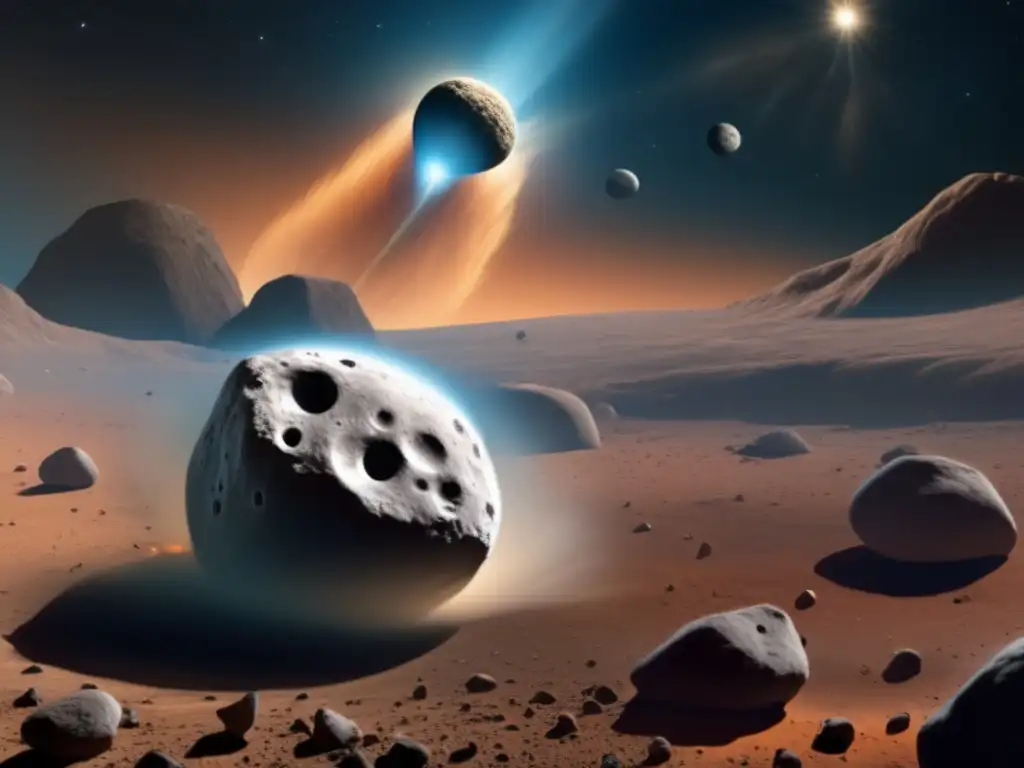
Gustav Witt
Gustav Witt was a German astronomer who made significant contributions to the study of asteroids. He was born in Berlin in 1866 and studied astronomy at the University of Berlin. In 1898, he discovered Eros, which at the time was the largest known asteroid.
Eros
Eros is a near-Earth asteroid that measures approximately 34.4 x 11.2 x 11.2 kilometers. It was the first asteroid to be orbited by a spacecraft, when NASA's NEAR Shoemaker mission arrived in orbit in 2000. The asteroid is named after the Greek god of love, Eros.
Impact
The discovery of Eros was significant for several reasons. First, Eros was one of the largest asteroids to be discovered at the time. Second, its orbit brings it close to Earth, making it an ideal target for scientific study. Finally, Eros played a key role in advancing our understanding of the solar system and the formation of planets.
Mission to Eros
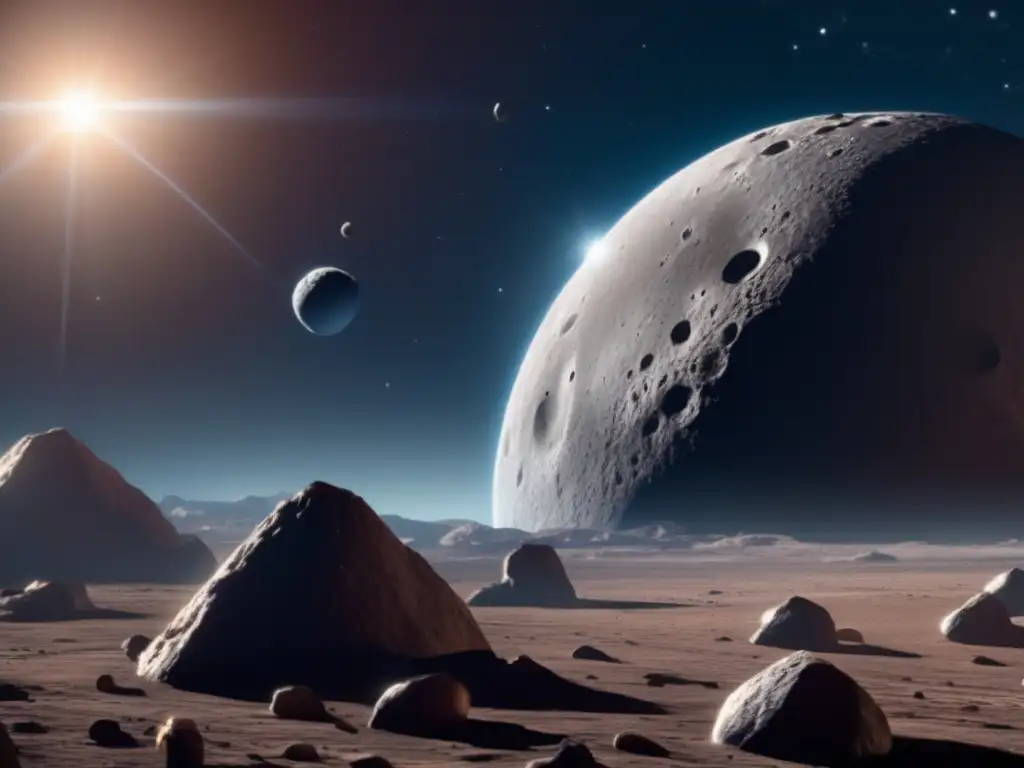
NEAR Shoemaker
The NEAR Shoemaker mission was launched in 1996 with the goal of studying Eros up close. The spacecraft orbited the asteroid for a year and a half, gathering data and taking detailed photographs. In February 2001, the spacecraft landed on Eros, becoming the first spacecraft to land on an asteroid.
Findings
The NEAR Shoemaker mission provided scientists with a wealth of information about Eros. The spacecraft discovered that Eros is a solid, rocky object with a complex history. It also found evidence of water on the asteroid, which was unexpected given its dry, rocky appearance. The mission's findings have helped scientists better understand the origins of the solar system and the role asteroids like Eros played in its formation.
Legacy
The NEAR Shoemaker mission was a groundbreaking achievement that paved the way for future missions to asteroids and other celestial objects. It demonstrated that it was possible to orbit and land on an asteroid, and provided scientists with valuable insights into the formation and evolution of the solar system.
Importance
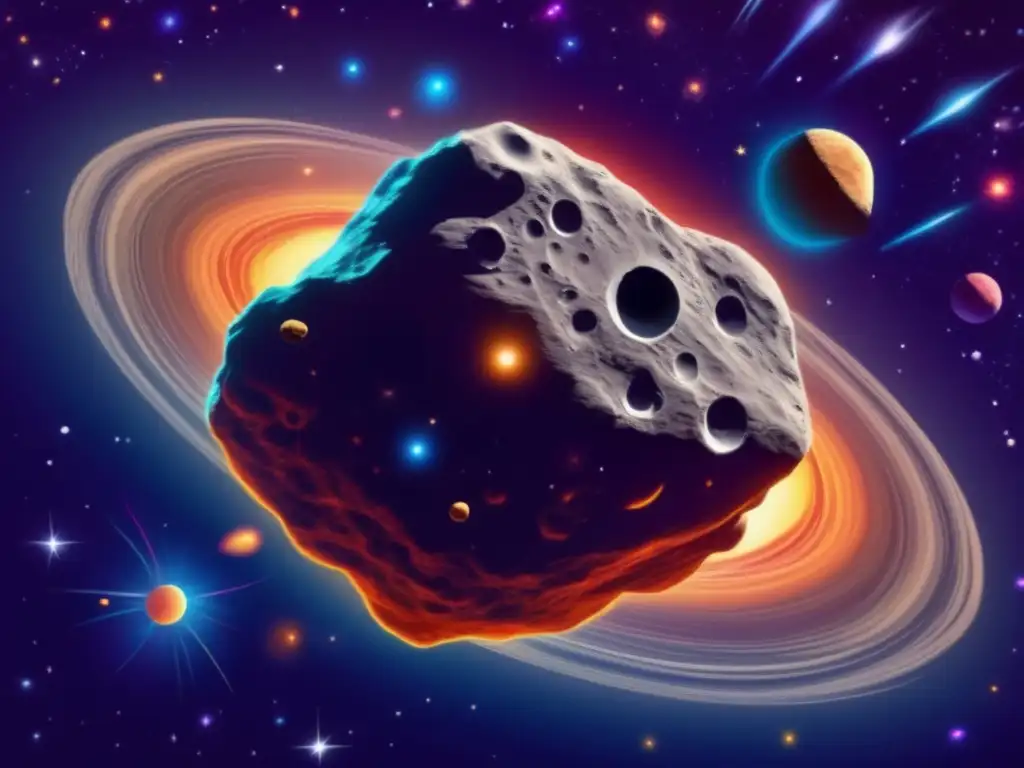
Scientific Significance
Eros is a scientifically important asteroid that has contributed greatly to our understanding of the solar system. Its proximity to Earth makes it an ideal target for exploration, and the NEAR Shoemaker mission yielded valuable insights into the history and composition of the asteroid. Eros also serves as a model for understanding the formation and evolution of other near-Earth asteroids and their potential impact on Earth.
Cultural Significance
As the asteroid named after the Greek god of love, Eros has captured the popular imagination. Its name and association with love and desire have made it a popular subject in literature, music, and art. Its discovery and exploration have also inspired generations of scientists and space enthusiasts, and helped foster a deeper appreciation for the wonders of the solar system.
Frequently Asked Questions
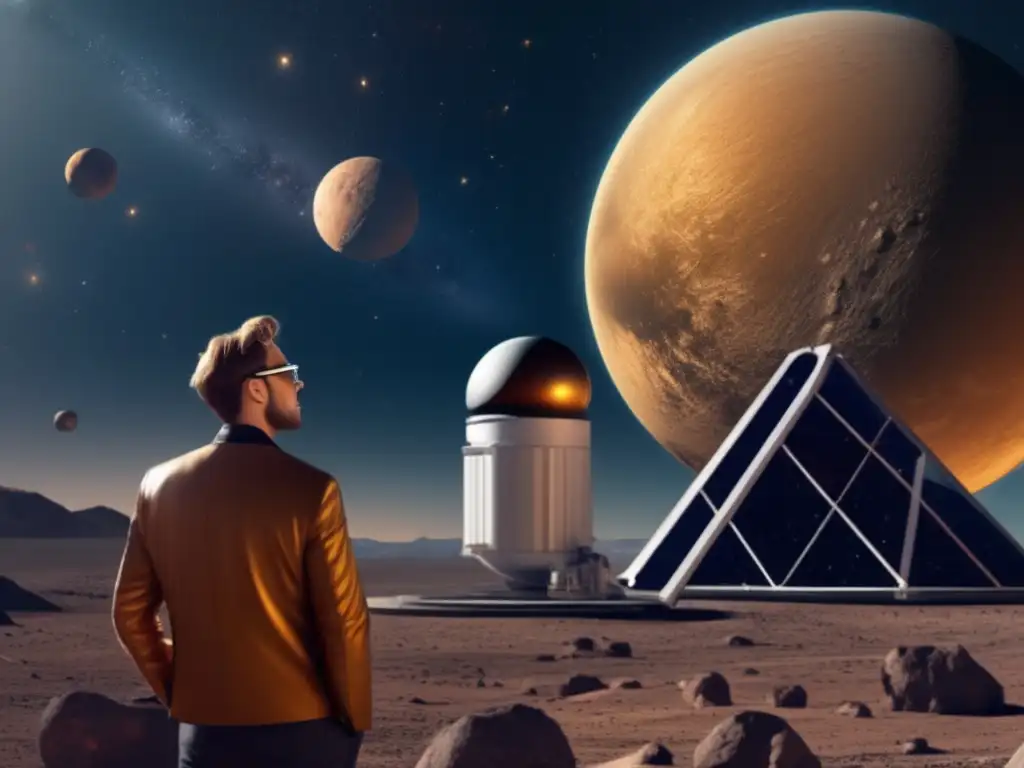
-
What is Eros?
Eros is a near-Earth asteroid that was discovered by Gustav Witt in 1898. It measures approximately 34.4 x 11.2 x 11.2 kilometers and is named after the Greek god of love.
-
Why is Eros important?
Eros is important for several reasons. Its proximity to Earth makes it an ideal target for scientific study, and the NEAR Shoemaker mission provided valuable insights into its composition and history. Eros also played a key role in advancing our understanding of the solar system and the formation of planets.
-
What did the NEAR Shoemaker mission discover about Eros?
The NEAR Shoemaker mission discovered that Eros is a solid, rocky object with a complex history. It also found evidence of water on the asteroid, which was unexpected given its dry, rocky appearance.
-
How has Eros inspired popular culture?
As the asteroid named after the Greek god of love, Eros has inspired generations of artists, writers, and musicians. Its association with love and desire has made it a popular subject in literature, music, and art.
-
What is the legacy of the NEAR Shoemaker mission?
The NEAR Shoemaker mission demonstrated that it was possible to orbit and land on an asteroid, paving the way for future missions to asteroids and other celestial objects. Its findings have also helped scientists better understand the origins and evolution of the solar system.
Conclusion
The discovery of Eros and the subsequent NEAR Shoemaker mission were pivotal moments in the study of asteroids and the solar system. Eros has provided valuable insights into the history and composition of near-Earth asteroids, and helped advance our understanding of the formation and evolution of planets. Its association with love and desire has also captured the popular imagination, inspiring generations of artists and scientists alike. As we continue to explore the wonders of the solar system, Eros will remain a key figure in the ongoing quest for knowledge and discovery.
Additional Resources

For more information about Eros and the NEAR Shoemaker mission, check out these resources:
- NASA Solar System Exploration: Eros
- NASA Jet Propulsion Laboratory: NEAR Shoemaker Mission
- ScienceDirect: The NEAR mission to asteroid 433 Eros: A look back
 2004 MN4: The Asteroid That Almost Hit Earth
2004 MN4: The Asteroid That Almost Hit Earth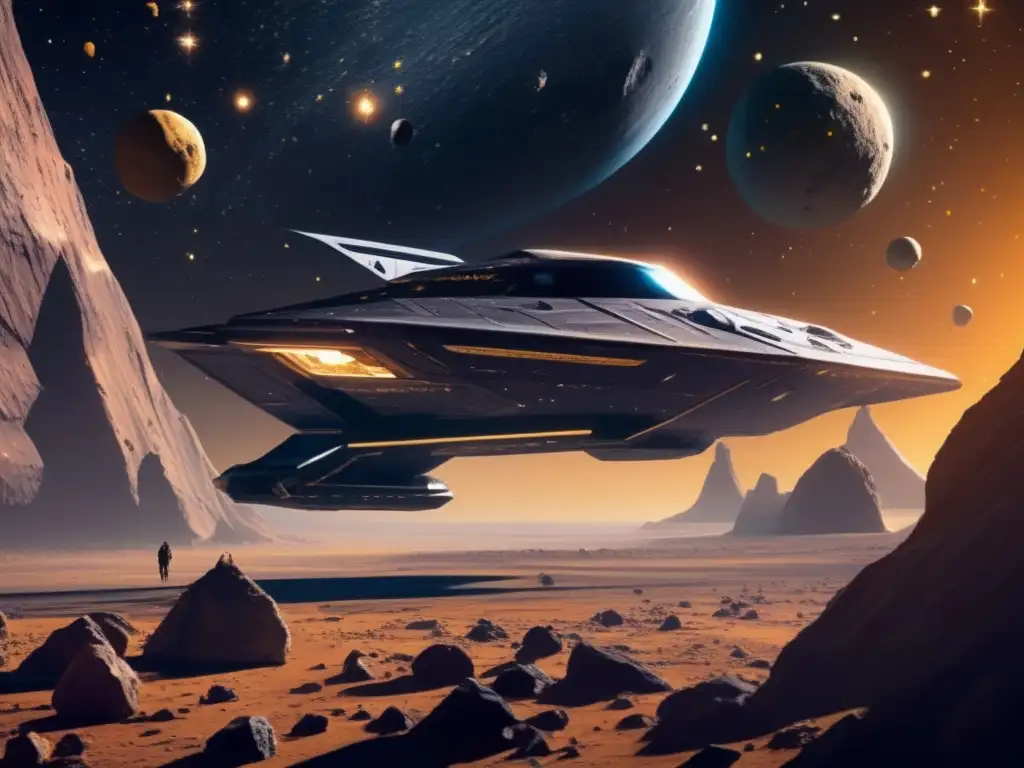 A Journey Through The Asteroid Belt: Key Discoveries
A Journey Through The Asteroid Belt: Key Discoveries Icarus: The Asteroid That Flies Close To The Sun
Icarus: The Asteroid That Flies Close To The SunIf you want to discover more articles similar to Eros: The Love Asteroid Discovered By Gustav Witt, you can visit the Asteroid Discoveries category.
Leave a Reply

Articulos relacionados: